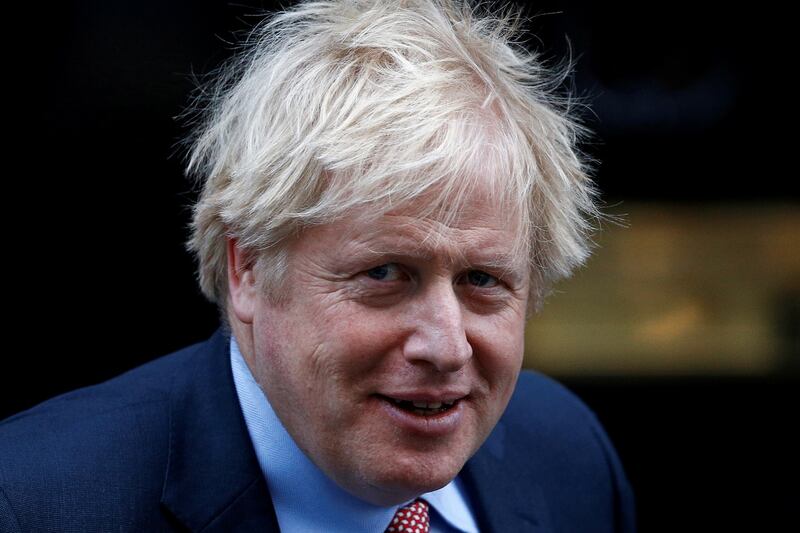What about that Sinn Féin “surge”?
The Sinn Féin “surge” has been the story of the election so far. Buoyed by successive opinion poll results which show support for the party has increased strongly since last year, Sinn Féin frontbenchers, TDs and canvassers have a pep in their step as the election campaign heads for its decisive stage. The party believes it could be on the verge of a decisive breakthrough, forcing itself into contention as a party of government and transforming the big two of Irish politics into a big three.
But is it really a surge? And if so, will it gather strength or will it fall away? The answers to these questions could decide the overall shape of the election result.
Poll increases
There's no doubt that the polls have tracked a big increase in the Sinn Féin vote since late last year. In the Irish Times/Ipsos MRBI poll published at the beginning of last week, Sinn Féin increased by seven points, from 14 per cent to 21. In the Red C series for the Sunday Business Post, the party was up by eight points, from 11 to 19. And Behaviour and Attitudes, for the Sunday Times, put the party at 19 per cent, down one from late December. In November, the B&A series had the party at 17.
The news of the poll increases gave Sinn Féin’s morale a badly-needed shot in the arm. Mary Lou McDonald had endured a difficult 2018 and 2019, with some disastrous election results, especially in last year’s local and European contests. While it won an unexpected byelection in Dublin Mid-West in November, the results elsewhere were mixed. So the poll results couldn’t have come at a better time. They gave the party momentum as the campaign cranked up.
But there are two caveats to all this.
The first is that Sinn Féin support late last year was quite low by its standards, reflecting severe political pressure over Brexit and Stormont. In polls during October and November, its support registered at 14, then 16, then 11, then 17, then 11 per cent. The average Sinn Féin rating in Ipsos MRBI polls since the 2016 election is 19.22 per cent. So some of the recent gains may be more of a reversion to the mean than a flood of new support.
Underperformance
Secondly, there is the frequently acknowledged tendency of Sinn Féin to underperform its opinion poll numbers when it comes to election day. This is likely a result of two principal factors – the concentration of support for Sinn Féin in cohorts of the electorate which tend to have a lower turnout, and the fact that Sinn Féin has in the past lost out when undecided voters look to choose a government. Both of those factors can be expected to diminish with time; it would be a major surprise if they suddenly disappeared.
In the end, this is what will decide the Sinn Féin performance next week: can they hold on to those voters attracted to their message of change in recent weeks? Historically, they have melted away as polling day approaches. If McDonald can persuade them to stay, it will be a game changer. But history suggests she has a fight on her hands.















